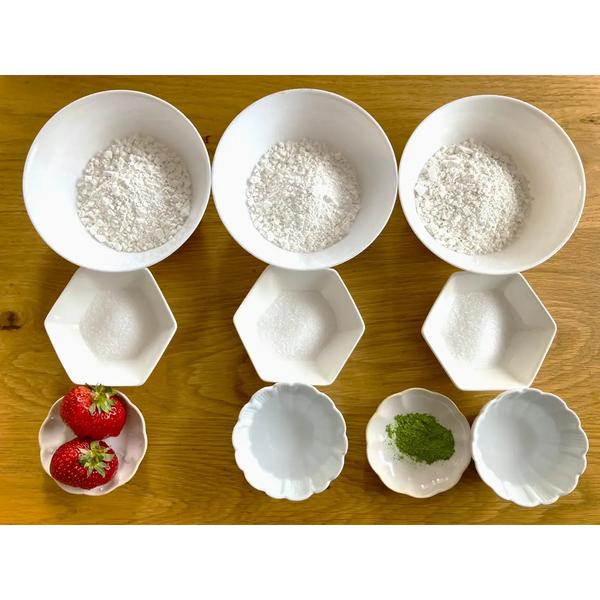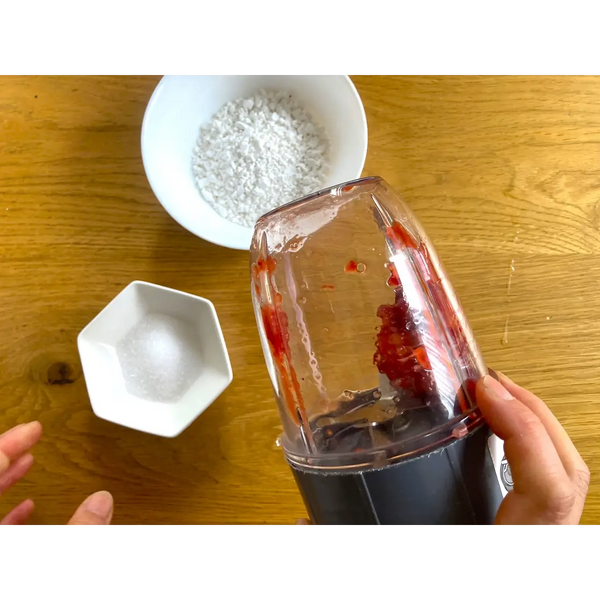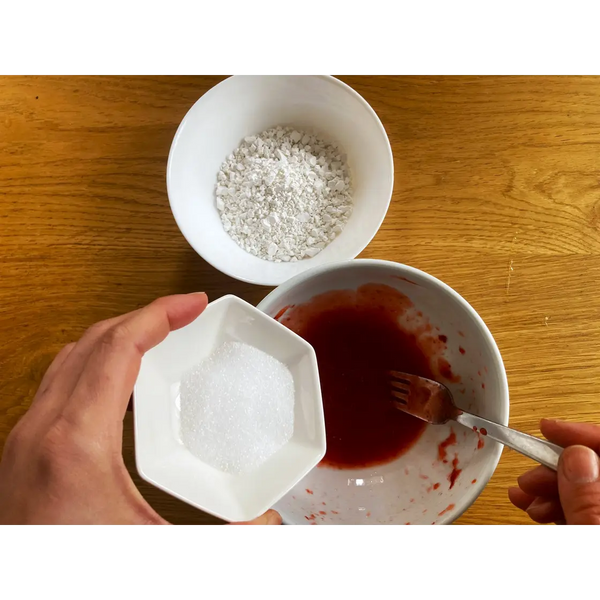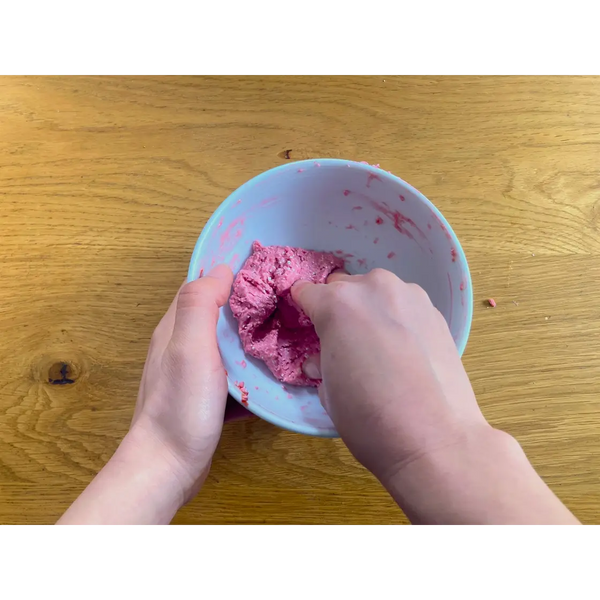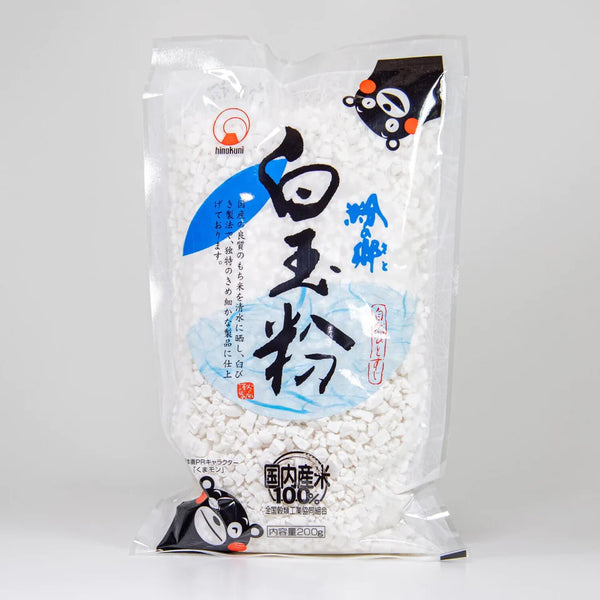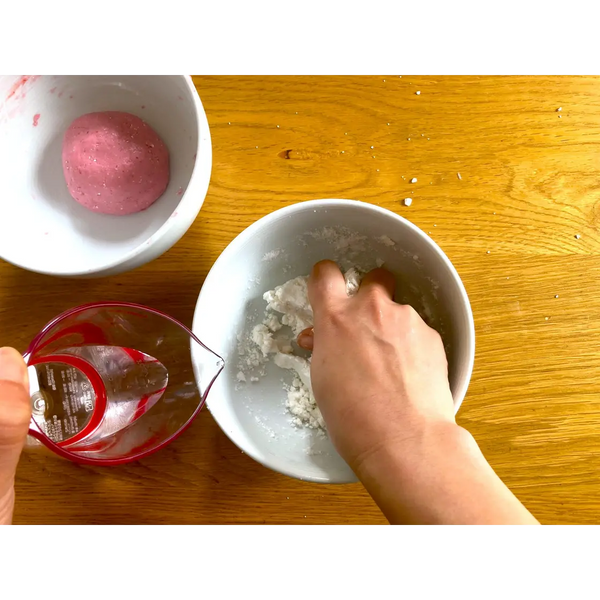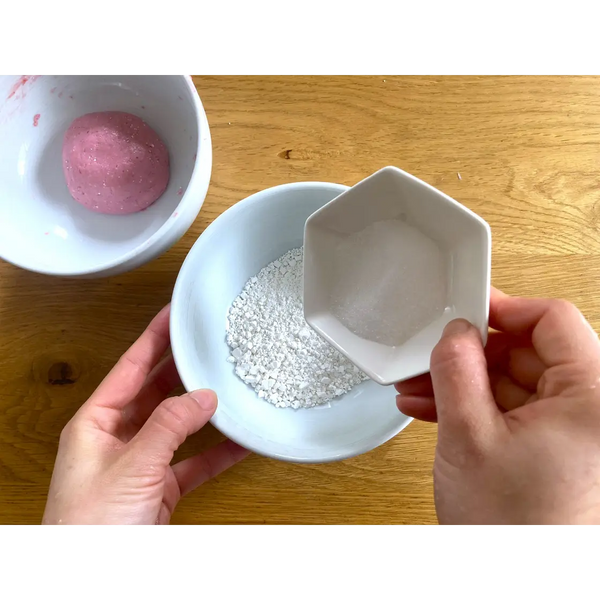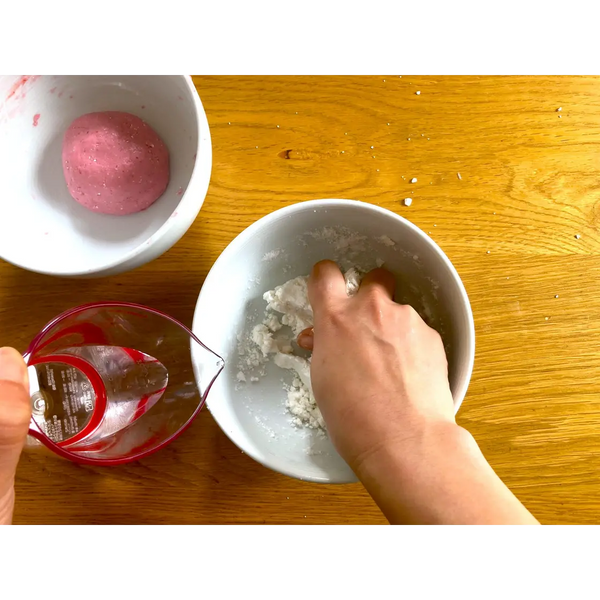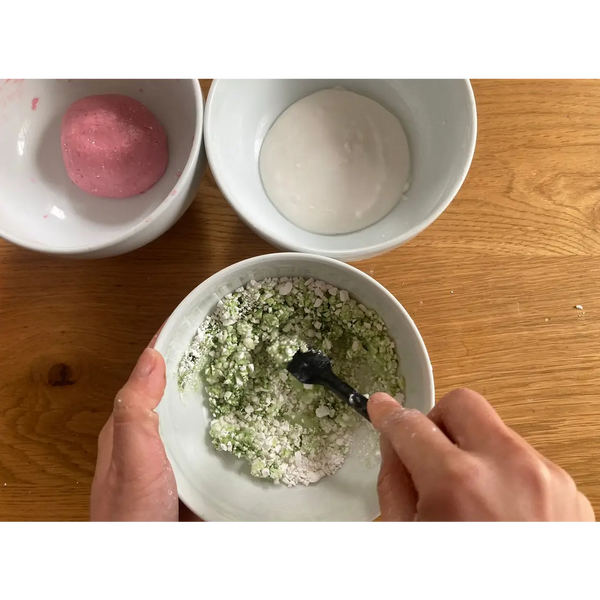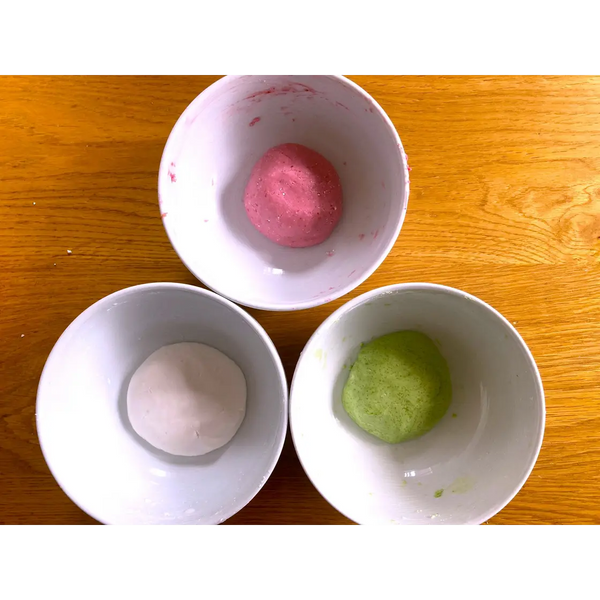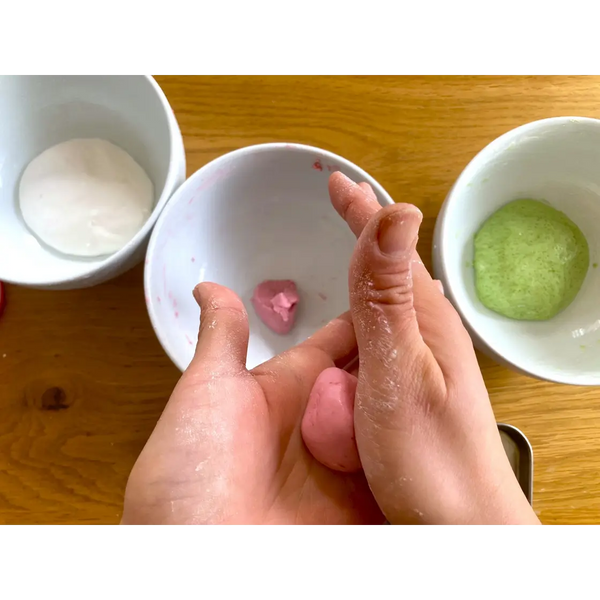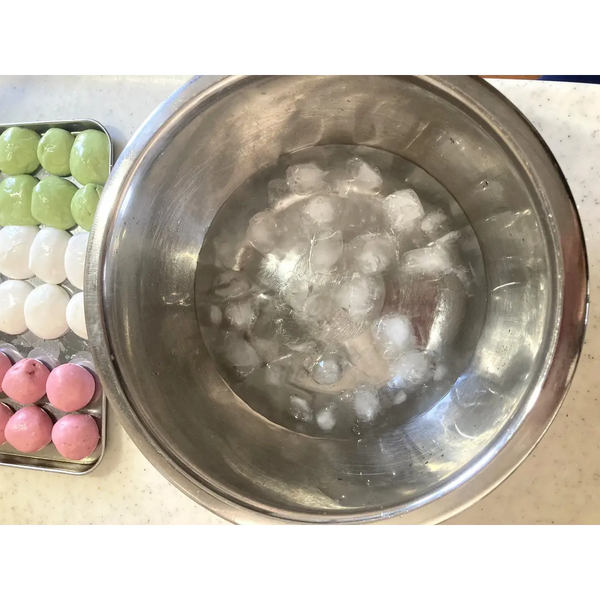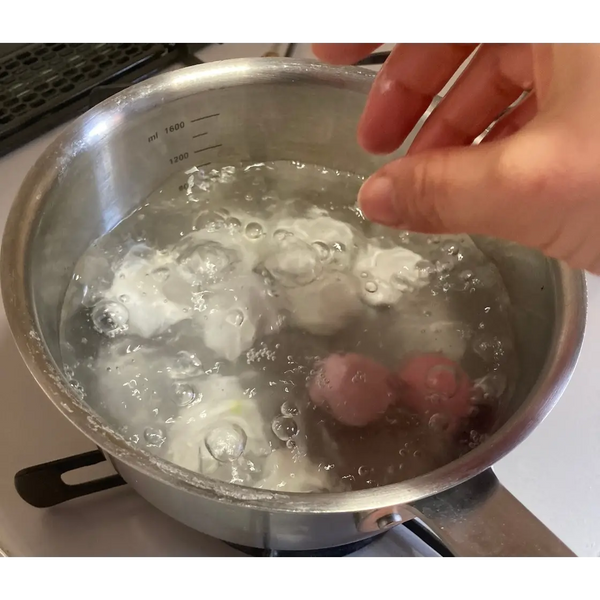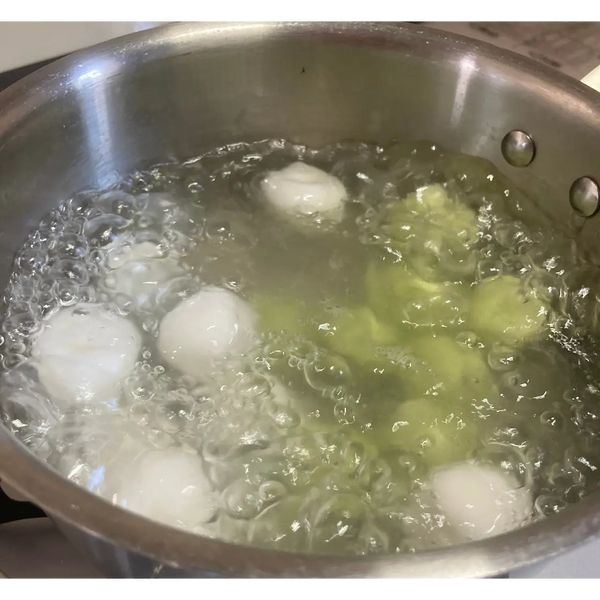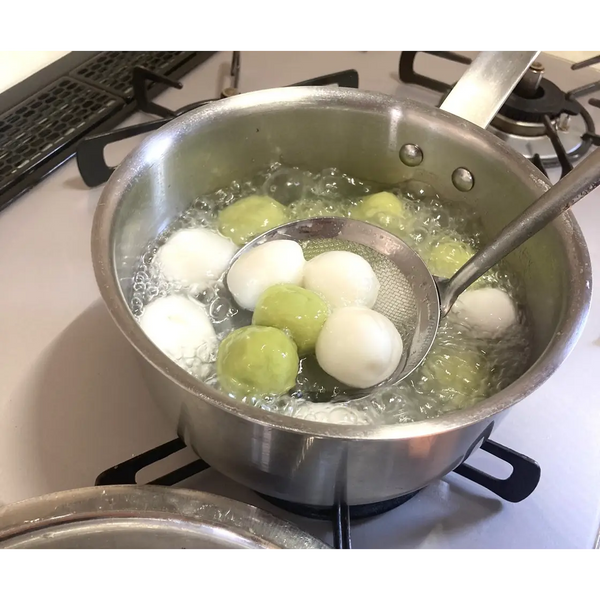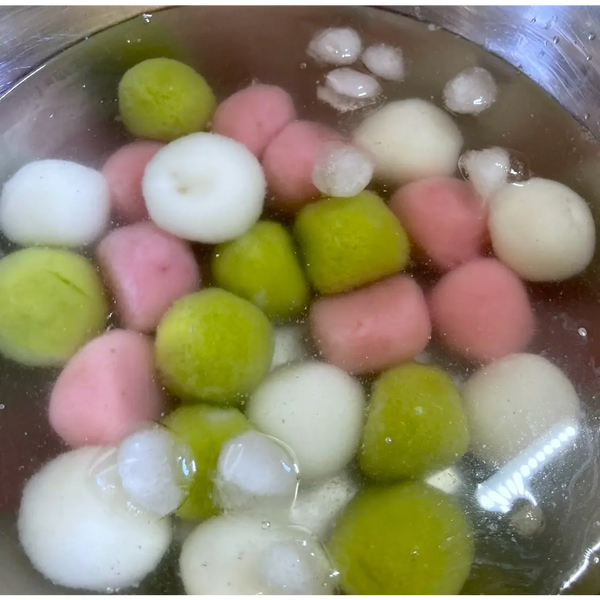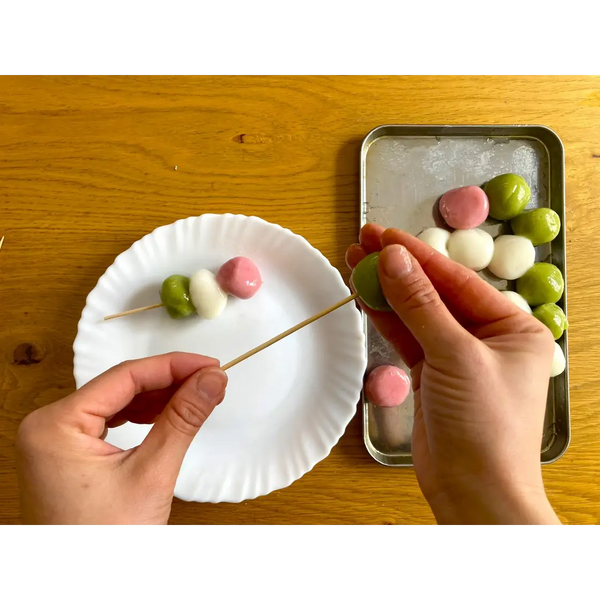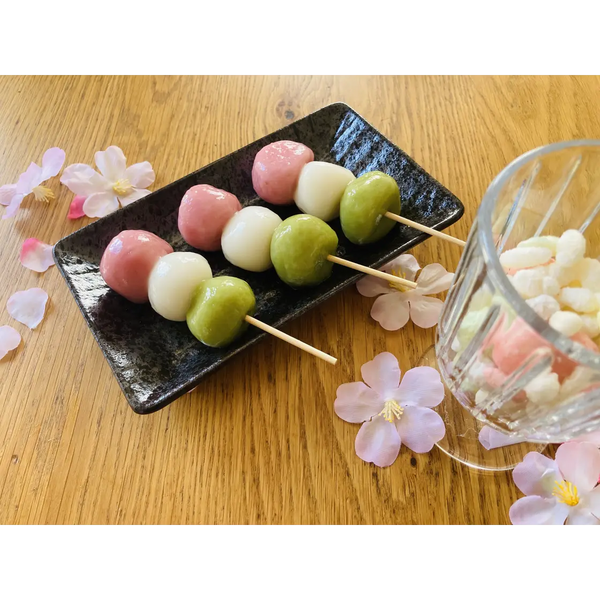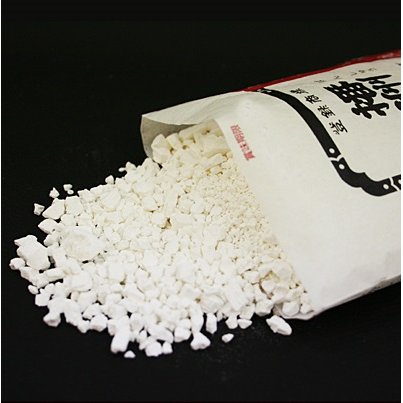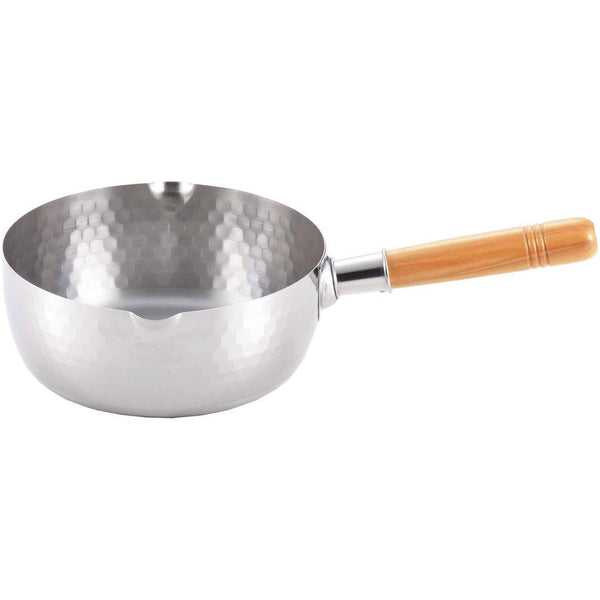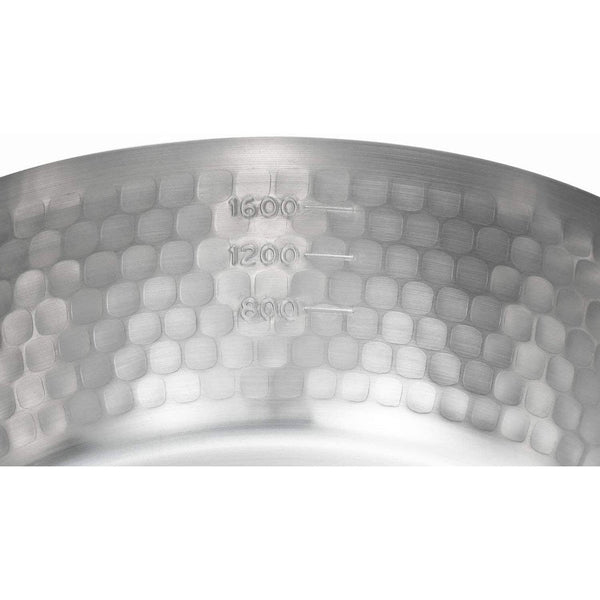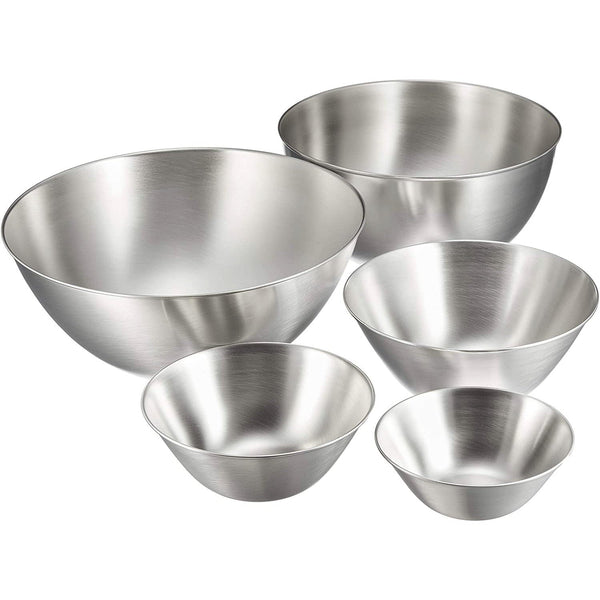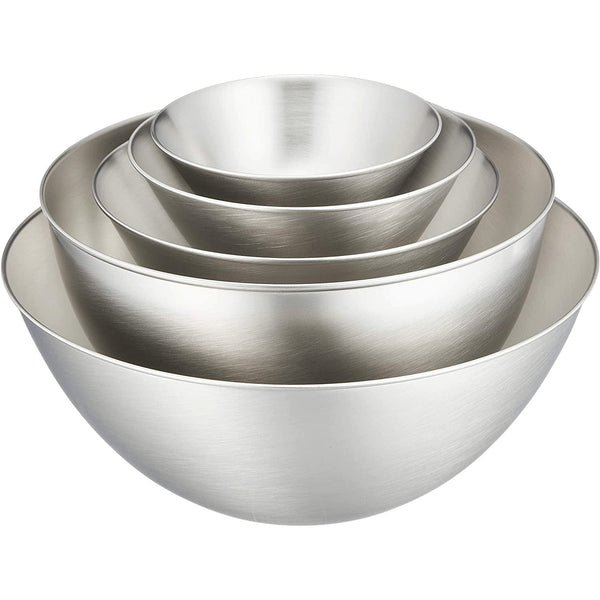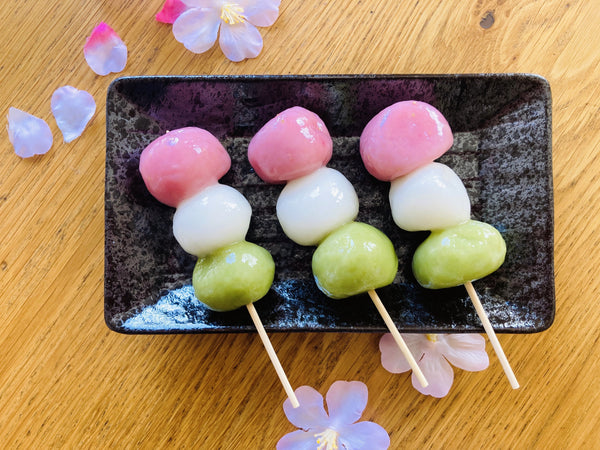
“Hanami Dango” is a special type of Japanese dango, also known as tri-colored dango. The dumplings are colored pink, white, and green and are served on a skewer. Hanami dango is a traditional Japanese sweet that represents the coming of spring.
Japanese people are fascinated with Sakura because they are in full bloom for only a short period of time, so Japanese love getting together and having picnics under the sakura trees during spring.
There are many different kinds of dango in Japan, but hanami dango in particular has the texture of sticky mochi (rice cake) but is typically a bit firmer and springier than mochi. We are using Shiratamako flour for our recipe because it gives the dango the perfect chewy texture and is easier to find outside of Japan than other kinds of dango flour.
The taste of hanami dango is chewy, tender, and slightly sweet. Traditionally, hanami dango is flavored with Sakura cherry blossoms for pink, and Yomogi, or mugwort for green. The white-colored dango is left plain. Each dango has a different flavor, so you can enjoy a different flavor experience with each bite.
Hanami dango is also called Sanshoku Dango, which means three-colored dango, but we call it hanami dango during spring because Hanami translates to flower viewing in Japanese. It is one of the most iconic Spring foods in Japan.
Why are pink, white, and green chosen as the spring colors for hanami dango? There are a few theories but one of the most famous theories is that pink represents sakura, white represents white Sake (Japanese used to drink it at celebrations), and green represents Yomogi, which is harvested in spring and is said to be a sacred type of leaf.
Usually, salt-pickled Sakura and Yomogi are used to color the dango, but they are quite hard to find outside of Japan. In our recipe, we suggest using Strawberries and Matcha for coloring the dango. They are perfect substitutes for the colors, and they make the dango very tasty.

